With the critically acclaimed remake of Shōgun exciting fans everywhere, it seems that the most expensive show in FX history was a gamble that may pay off. However, it was nothing like NBC’s Shōgun gamble in 1980.
Of course, 44 years removed now from that original mini-series, Americans are much more educated about Japanese history. In 1980, there was an intense curiosity, peaked by samurai films that were seeing a resurgence in 1970’s America, thanks initially to the king-fu boom earlier in the decade, courtesy of Bruce Lee. Shōgun was about to benefit from it all, but one major occurrence in the summer of 1980 helped it to make television history.
NBC’s Shōgun gamble
Shōgun is not a martial arts story, and filming a 12-hour samurai epic more concerned with political intrigue than battle action was quite the risk, despite the curiosity factor. Filming a story in Japan, that takes place in feudal Japan, about the on-goings of Japan made some question why NBC thought it would be a hit in the United States. Of course, the main reason for NBC’s commitment was the success of the source material: James Clavell’s best-selling novel of the same name. Even so, lengthy novels aren’t always a good choice for television consumption.
As if it wasn’t risky enough, NBC spent a then-whopping $22 million to make the 5-part series. James Clavell — not just the book’s author, but also executive producer on the project — saw how popular Roots became in 1977, and realized a mini-series format was better-suited for his story, also. He dropped the thought of turning it into a major motion picture, and NBC was later on board, despite Shōgun’s budget being more than triple that of Roots.
According to Associated Press reports from 1980, NBC had gone two years without topping the ratings in back-to-back weeks, an unbelievable timespan, since they were only competing with two other major networks. The only reason they even had those back-to-back weeks of success was thanks to the 1978 World Series.
Many further questioned NBC’s gamble when they failed to land their first choice for the role, movie star Sean Connery. Though, this was a blessing in disguise, as it led to the casting of Richard Chamberlain in the lead.
The event that boosted Shōgun’s fortunes
NBC was unsure of when exactly to air the mini-series. They wanted it to air for 5 straight nights, and thus would face tough competition each night. To make matters worse, in March of 1980, the season finale of the CBS primetime soap opera Dallas ended on what became the single biggest cliffhanger in television history, spawning the question, “Who shot J.R.?”
It became a pop culture sensation that would lead to the most-watched episode in television history when the answer finally arrived that fall. CBS wisely didn’t reveal the answer until the fourth episode of the season, which only helped build the anticipation. So, did Shōgun get buried amidst all of the soap opera talk that boosted CBS ratings?
Well, in the summer of 1980, something happened that helped the fortunes of Shōgun tremendously. Having concluded filming in Japan, and set to air at some point later that year, Shōgun just needed a premiere date. However, television — at least in terms of scripted shows — came to a halt thanks to what became a months-long actor’s strike that effectively delayed the 1980 fall television season for several weeks.
The lull in production prompted NBC president Fred Silverman to realize that September would be the perfect time to air Shōgun. This idea received internal pushback at NBC, partly because having a major mini-series means you can finally compete with the other networks directly. But Silverman saw a golden opportunity to get the absolute highest possible ratings, considering that not a single new show would be airing against Shōgun, at a time when audiences were used to all the shows beginning their new seasons. Silverman was about to quench their thirst.
So it was that NBC announced that Shōgun would air for five straight nights in mid-September.
23 million people tune in to watch Shōgun
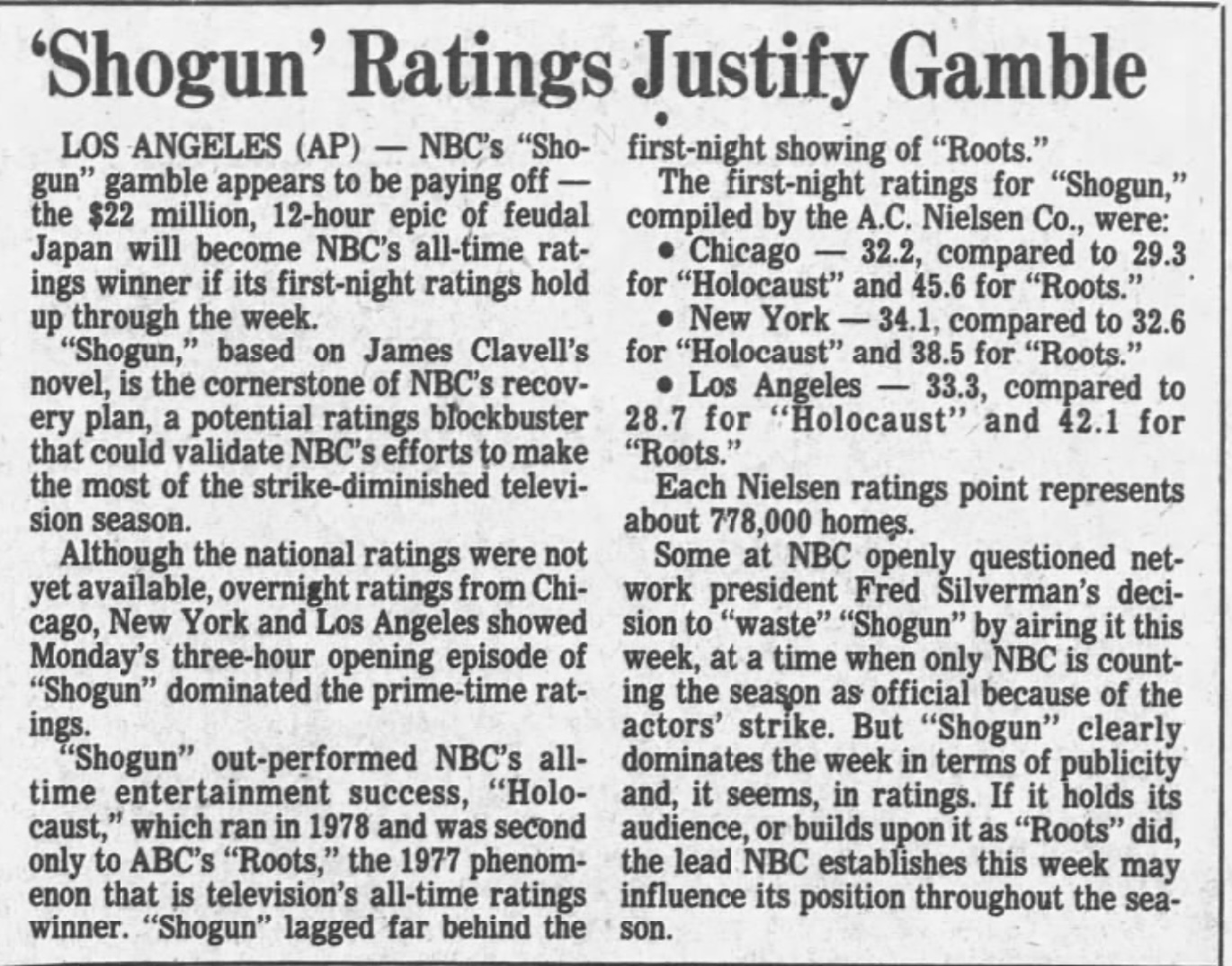
On Monday night, September 15, over 23 million people tuned in to watch the first episode of Shōgun. Richard Chamberlain’s excellent performance, Toshiro Mifune’s unmatched presence, and James Clavell’s perfectly knitted story captivated viewers across the country. Many suddenly felt thrust into feudal Japan, as if they were there alongside Chamberlain’s character, John Blackthorne, as he was shocked by a foreign culture, and a way of life to which he is forced to adapt.
NBC dominated the ratings that week with a 26.3 rating, and topped the following week with a 17.5 rating, despite no new Shōgun episodes. Once NBC slid, they got right back up thanks again the World Series in October. Suddenly, NBC was the network to beat. Shōgun itself earned an episode average of 32.6, as 51% of television sets across the country tuned in to watch the show. It was a major success, and rightfully so, though it likely would not have earned such astronomical ratings if there was no strike.
NBC sold one-minute commercial spots for the series for $180,000. It became the second most viewed mini-series — only behind Roots, which had averaged a 44.9 rating per episode.
The impact of Shōgun
Nominated for 13 Emmys and winning three, including “Outstanding Limited Series,” Shōgun further cemented its place in television history, and Richard Chamberlain saw his stardom rise.
NBC re-aired Shōgun the week ending February 4, 1983 with something new: An Orson Welles narration. It didn’t come close to the numbers it hit before, and it’s best night of airing was not even good enough to be a top 10 show that week in the ratings, but it still did well for what was essentially a repeat.
Now here we are, decades later, and the impact of the 1980 mini-series continues today with the new adaptation of the story presented for audiences in a 10-episode format that has also debuted to critical acclaim.
When you consider James Clavell’s novel and both adaptations, it makes one realize how unique it is that a story about feudal Japan has become something of an American classic.

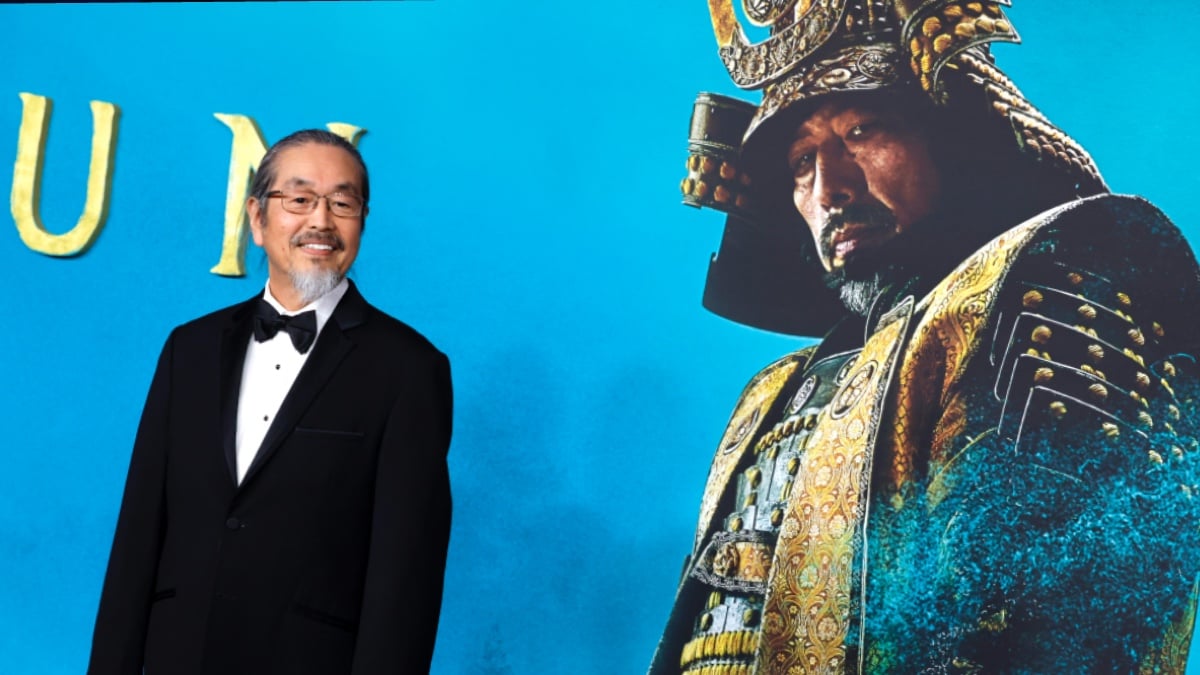
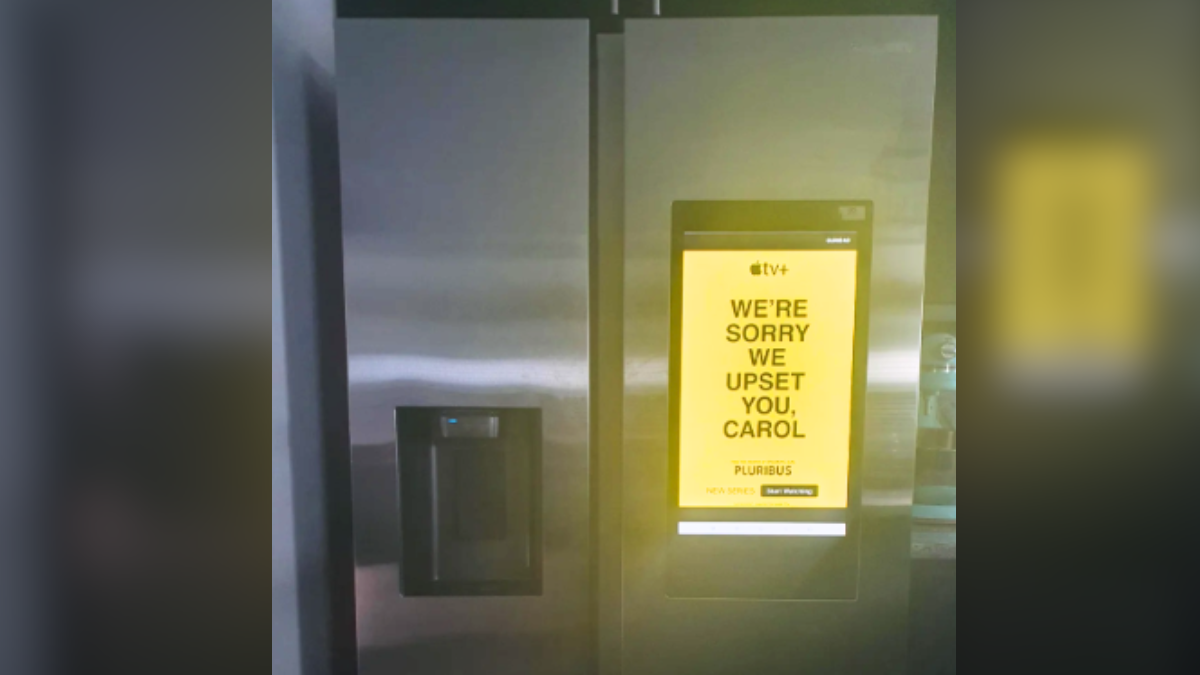


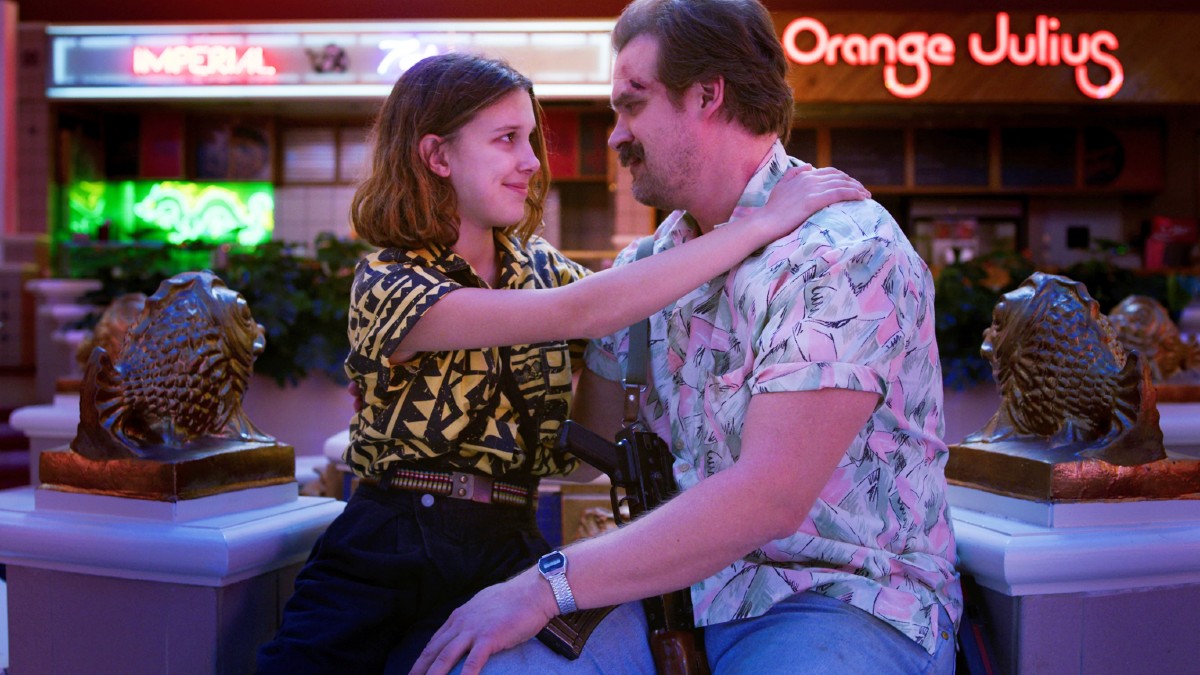

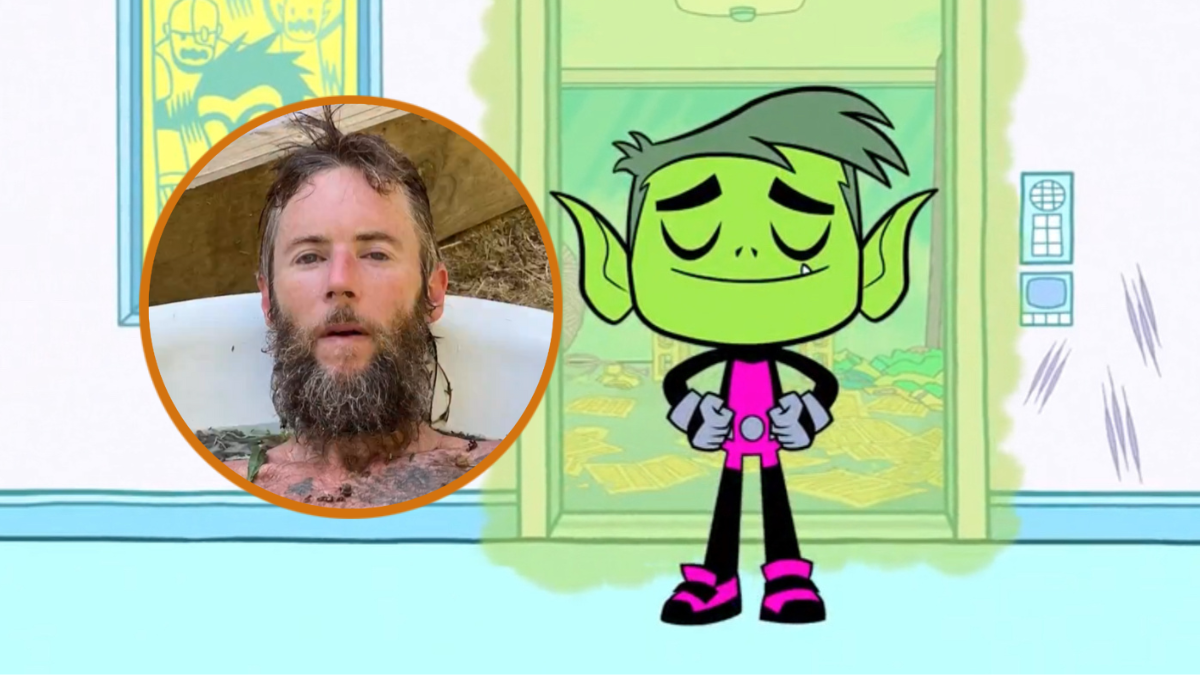

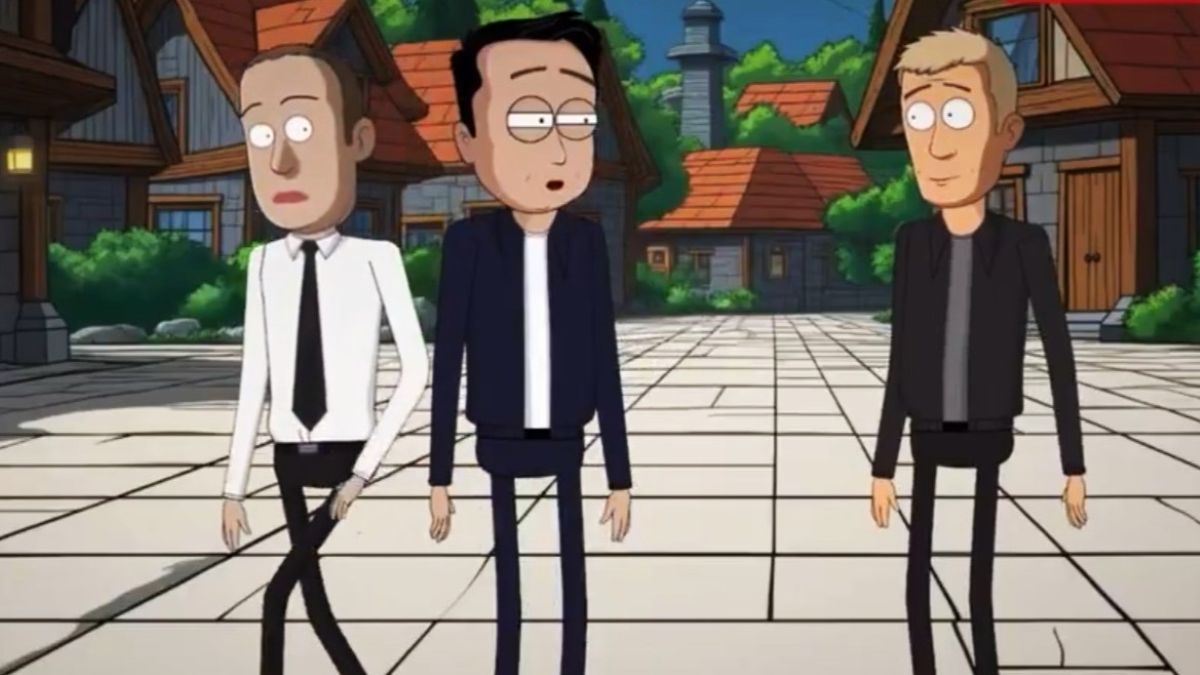

Published: Mar 8, 2024 07:39 pm